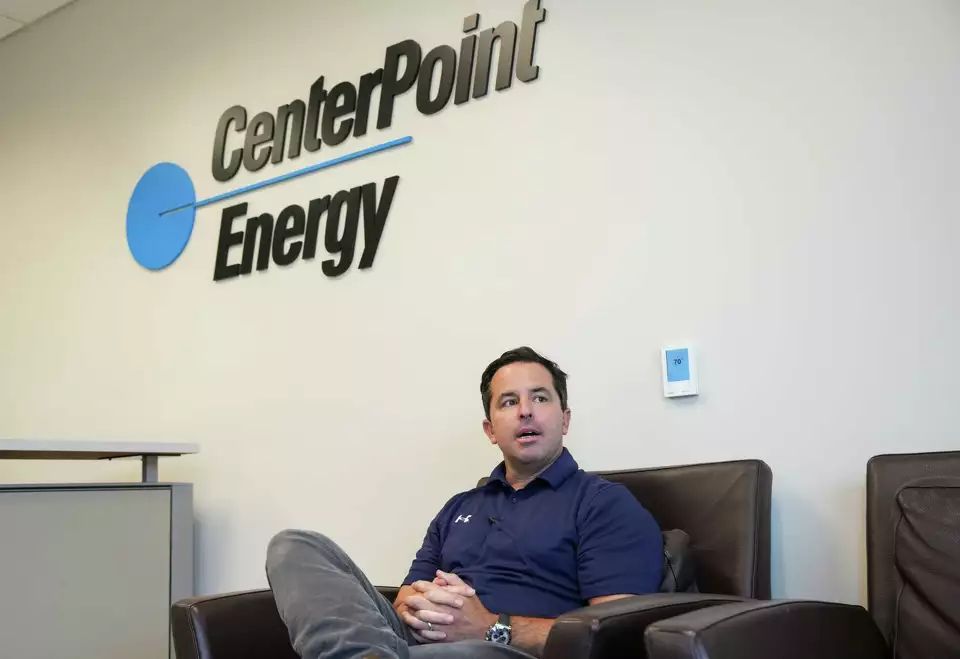
There is a turf war taking place over cannabis, but it’s not between drug cartels, but rather the Texas republican party.
Gov. Gregg Abbott vetoed Senate Bill 3 which have banned consumable hemp products that contained any THC, including delta-8 and delta-9. The bill was championed by Lt. Gov. Dan Patrick who accused Abbott of wanting to “legalize marijuana” by regulating hemp products. Abbott contends the bill would have faced “valid constitutional challenges” and would have kept it tied up in court for years. He called the legislature back to Austin for a special session next month to pass stricter rules for products that contain THC.
Patrick has dug his heels in saying he was “staying with a ban,” and continues to insist that there are not enough law enforcement to regulate Texas’ more than 8,000 THC retailers and has even dared Texans to vote him out over THC ban.
It is worth going back to the 2019 legislative session when House Bill 1325 was passed into law which related to the production and regulation of hemp; requiring occupational licenses; authorizing fees; creating criminal offenses and providing civil and administrative penalties.
The so-called “Hemp Bill” took the drug off the list of controlled substances in Texas, as long as products such as CBD oil contain no more than 0.3 percent THC, the psychoactive ingredient that gives users their buzz. It is important to note that while legally manufactured and distributed in Texas, the processing and manufacturing of smokable hemp products is prohibited in the state.
So, what happened? It seems measuring the difference between legal THC (0.3 percent) and illegal THC (0.4 percent) requires very special equipment which is not readily available and expensive. Some estimates at the time projected the equipment and training for 25 new employees to be around $5.5 million annually.
Since no funding was provided to help local law enforcement, many district attorneys delayed, or even dropped low-level marijuana cases leading Abbott to proclaim, “Marijuana has not been decriminalized in Texas”.
SB3 would have banned most consumable hemp-derived products, allowing only those with zero or near-zero THC to remain on the market.
The Texas Department of Public Safety testified to state budget officials that the bill would need to be funded to work and were told before they voted that H.B. 1325 was going to make prosecuting marijuana a lot tougher. Democratic state Rep. Tracy King’s office was told that, without funds for new lab testing, the legislation would “essentially legalize marijuana.”
Patrick claims THC retailers are exploiting a loophole in the law, but who wrote and voted to pass the law in the first place? Much like approving ERCOT to purchase millions of dollars in back-up generator equipment that was basically useless during Hurricane Beryl (even though there was plenty of public testimony saying that was not a good idea) and allowing the Texas lottery to operate with no real over-sight (until the fake news Houston Chronicle brought it to their attention how they got played) it seems the Texas legislature is good at pointing the finger at everyone but themselves.
A newly released economic report from Whitney Economics, “Hemp-Derived Cannabinoids in the Lone Star State: A Revisit of the Economic Impact Analysis of Cannabinoid Retail in Texas”, reports the hemp industry is a major contributor to the Texas economy, generating $5.5 billion in annual sales with an estimated tax revenue of $268 million. In addition, the report estimated total employment in the hemp industry grew to 53,300 jobs in 2025, an increase of 3,200 from 50,100 in 2023.
Abbott has called lawmakers back to Austin for a special session beginning July 21 with consumable hemp regulation at the top of the agenda. It will be interesting to see how this all plays out once the smoke clears.











